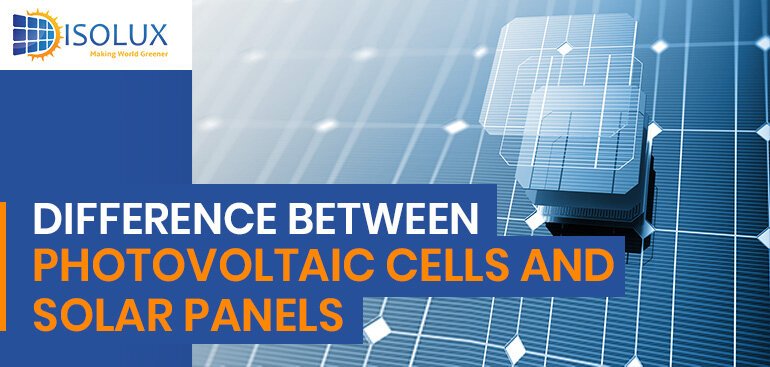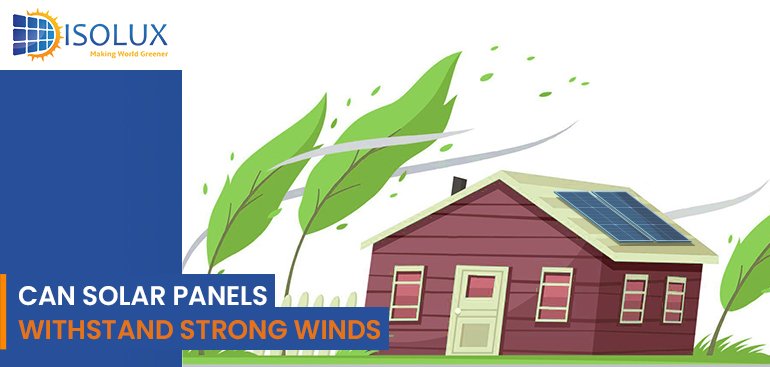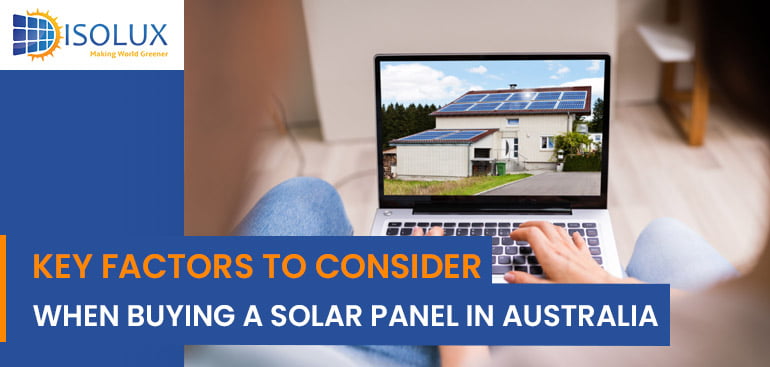Saving energy is the need of the hour. Due to increased pressure on conventional energy sources, they are getting depleted. Solar energy is one such green energy source that is being harnessed for the generation of electricity. For this purpose, a solar PV system from the best solar company in Sydney needs to be used.
What is a Solar PV System?
- A solar PV system, also known as a solar photovoltaic system, converts the solar rays (energy) directly into electric energy. This effect is known as the solar photovoltaic effect.
- A solar PV system is made up of one or more solar panels.
Benefits of using a Solar PV System
The benefits of getting a solar PV system installed by the best solar company Sydney are as follow:
- Easily convert solar energy into electricity for residential and commercial use
- Clean and green energy generation
- Low carbon emissions
- Reduced electricity bills
- No air pollution as there is no fuel combustion
The electricity generated at your home or commercial premises is a function of the solar PV system.
Two main components of a solar PV system
- Photovoltaic cells (solar cells)
- Solar panel
Most people around the world often tend to get confused between photovoltaic cells and solar panels. Both these words are often used interchangeably. However, both of them are different.
What is a Photovoltaic Cell?
- A photovoltaic cell is an electric component that converts solar energy into electrical energy
- Each photovoltaic cell is made up of two slices of semi-conductor material
- The structure of a photovoltaic cell can be compared to a sandwich
How does a Photovoltaic Cell Function?
- In order to function, a photovoltaic cell needs an electric field
- On absorbing photons from the sunlight, electrons are knocked out from the atoms of semi-conductor atoms
- The flow of electrons results in electricity generation
- In this way, a PV cell converts photons into voltage
Limitations of PV cells
- An individual PV cell cannot be used directly by the consumer
- It generates only a small amount of current. Therefore, you need a complete solar PV system instead of just PV cells
What is a Solar Panel?
- A solar panel is an assembly of multiple PV cells
- Individual PV cells are interconnected in series and placed in a sealed encapsulate
- To achieve the required current and voltage, solar panels are connected in series and parallel in a solar PV system
How does a Solar Panel Function?
- A solar panel is responsible for amplifying the current coming from individual PV cells.
- It also directs and protects the current.
- Once direct current (DC) is generated in the solar PV system, it is passed to the inverter through different wires.
- The inverter converts the DC into alternating current (AC) for daily use.
A solar PV system that consists of numerous interconnected solar panels generates a useable form of electricity.
Read Next Blog: How to Add Solar Panels to an Existing System?




